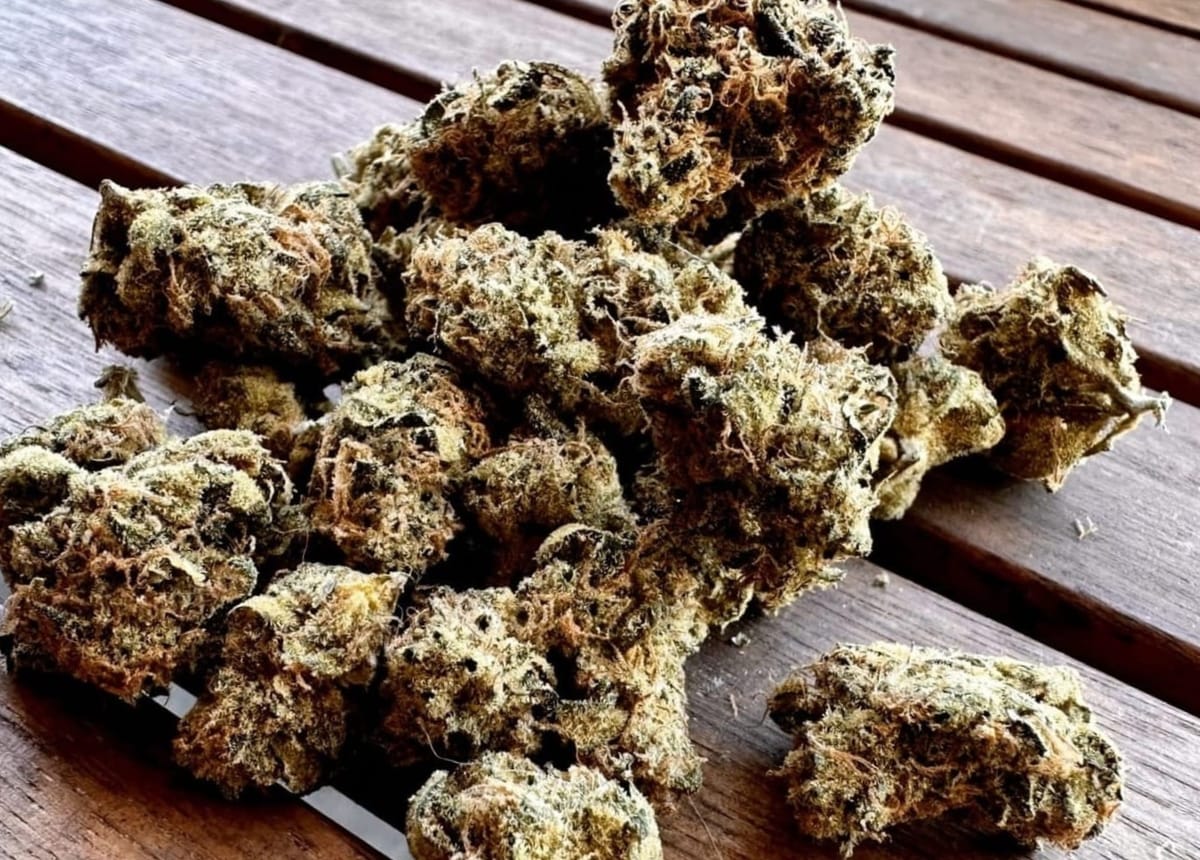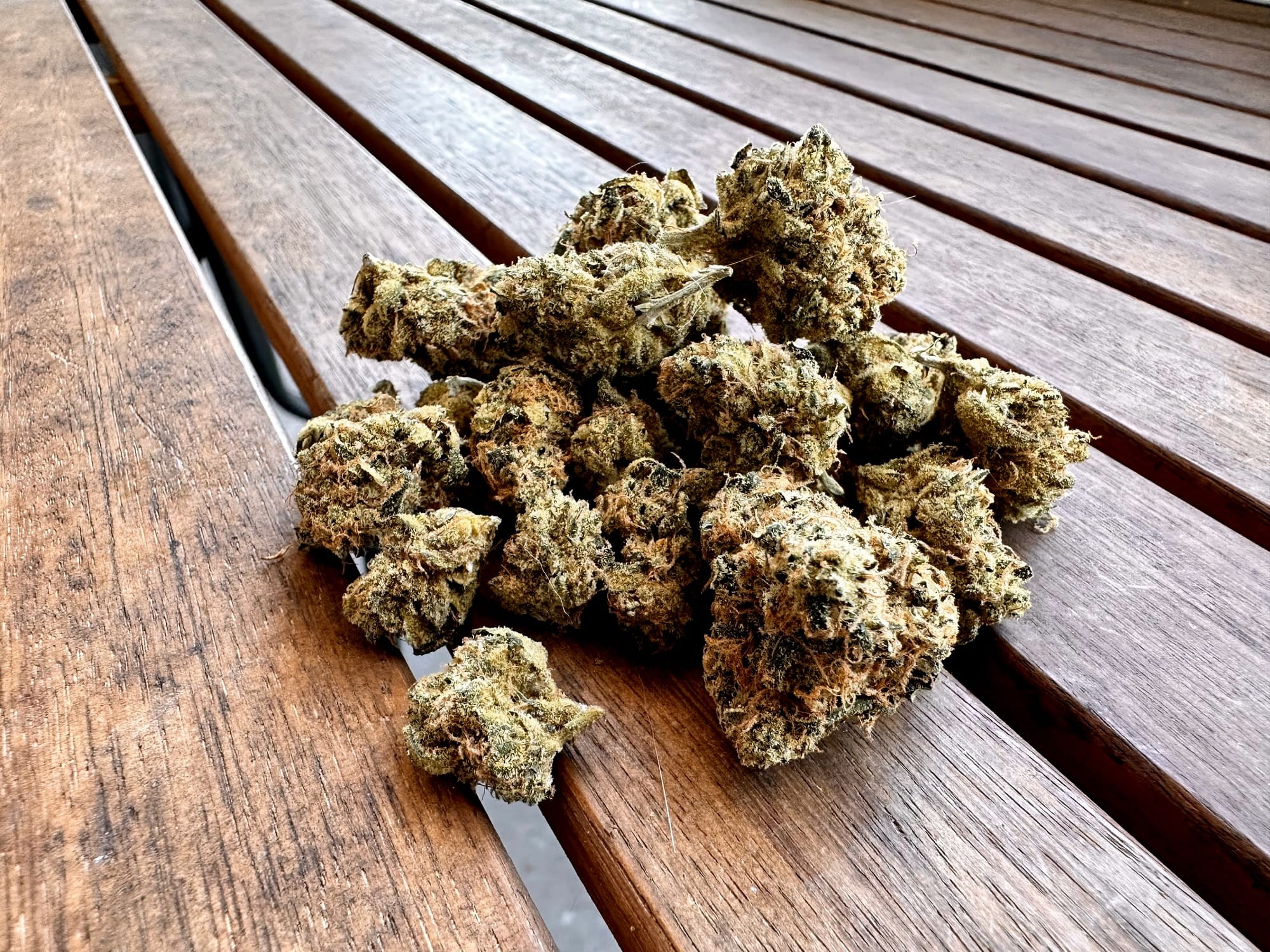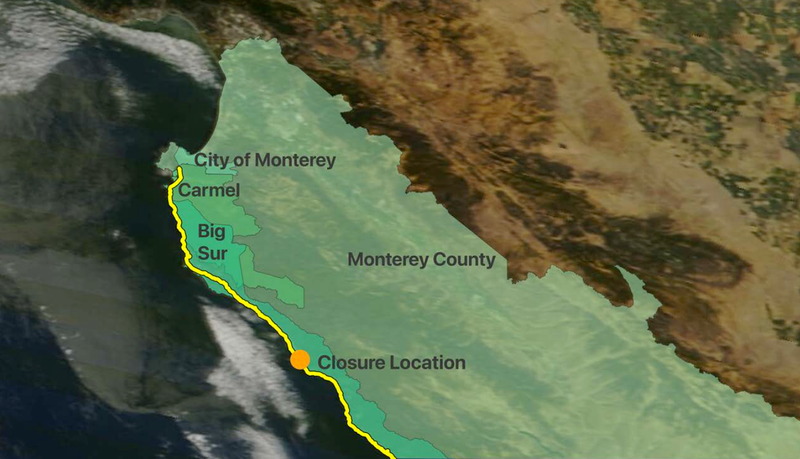California cannabis sales plateau, even as inland counties surge: 2018 – 2025 data review
California’s cannabis boom has hit a ceiling: statewide sales have slipped 16 percent since 2021 even as inland counties like Riverside and Fresno post triple-digit gains. New county-level data show the market’s center of gravity shifting away from coastal hubs.
California’s legal cannabis market no longer resembles the unchecked boom of its early years. Statewide taxable sales peaked at $5.78 billion in 2021 and have declined every year since, settling at $4.87 billion in 2024. Yet the downturn is uneven. Coastal giants—especially Los Angeles and the Bay Area—have flattened, while inland counties such as Riverside, San Bernardino, and Fresno are chalking up the fastest dollar and percentage gains.
Below, we break down the latest California Department of Tax and Fee Administration’s quarterly sales report, which spans back to 2018, to track that geographic power shift and explain why the “cooling” headline masks a story of rapid regional realignment.
Statewide sales trend
| Year | Statewide taxable sales |
|---|---|
| 2018 | $1.57 B |
| 2019 | $2.81 B |
| 2020 | $4.71 B |
| 2021 | $5.78 B |
| 2022 | $5.40 B |
| 2023 | $5.18 B |
| 2024 | $4.87 B |
| 2025 (Q1) | $1.09 B |
Total sales grew 268 percent from 2018 to the 2021 peak, then contracted 15.8 percent through 2024. First-quarter 2025 numbers suggest the market is stabilizing at a lower—but still historically high—run rate.
Ten counties with the largest dollar gains (2018 → 2024)
| Rank | County | 2018 sales | 2024 sales | Dollar change | Percent change |
|---|---|---|---|---|---|
| 1 | Los Angeles | $389.8 M | $1.19 B | +$797.7 M | +205 % |
| 2 | San Diego | $141.1 M | $542.0 M | +$400.9 M | +284 % |
| 3 | Riverside | $42.9 M | $377.1 M | +$334.1 M | +778 % |
| 4 | Orange | $73.4 M | $266.9 M | +$193.5 M | +264 % |
| 5 | Sacramento | $119.5 M | $269.3 M | +$149.8 M | +125 % |
| 6 | San Bernardino | $10.7 M | $146.0 M | +$135.3 M | +1 262 % |
| 7 | Contra Costa | $15.6 M | $112.1 M | +$96.5 M | +618 % |
| 8 | Fresno | $1.3 M | $96.5 M | +$95.3 M | +7 374 % |
| 9 | Ventura | $16.9 M | $96.4 M | +$79.5 M | +471 % |
| 10 | Alameda | $147.7 M | $222.6 M | +$74.9 M | +51 % |
Key insights
- Peak-and-plateau: Statewide revenue climbed for three straight years, hit its high in 2021, and has edged down since then.
- Los Angeles leads, but share slips: L.A. still tops all counties, yet its slice of the statewide pie shrank to 24 percent in 2024, its lowest on record.
- Late starters scale fast: Counties that posted minimal sales in 2018—Fresno, San Bernardino, Riverside—now sit among the top growers by both dollar and percentage change.
Conclusion
The raw numbers tell a clear story: California’s cannabis industry has outgrown its coastal cradle and is redistributing revenue toward lower-cost, late-opening inland markets. If first-quarter 2025 figures repeat through year-end, the state will log a third consecutive annual decline—yet counties like Riverside and Fresno are on pace for their best years ever.
The market is no longer defined by statewide totals alone; its future hinges on how quickly emerging counties can capture share and whether mature metros can rekindle growth. For retailers and policymakers alike, success now depends on understanding—and acting on—that shifting county map.
What to Read Next











